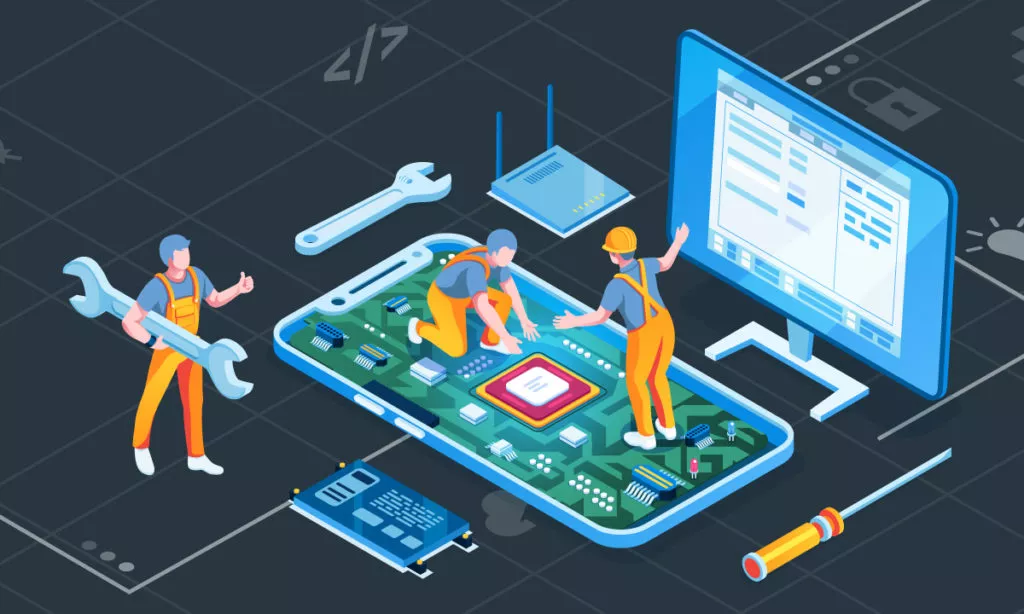A Beginner’s Guide to a Computer Processor
A computer processor is a device that performs computations and manages various processes. The CPU consists of several parts, including the control unit (CPU), arithmetic unit (ALU), and memory. Each component performs a specific function and interacts with other parts of the processor. A CPU can also be divided into two or more subsystems to perform different functions. Some of these subsystems have more than one core, making them more powerful than single-core processors.
A computer processor can be divided into two types: general-purpose and specialized. A general-purpose CPU contains a few thousand transistors and is about the size of a matchbook. It lives in the CPU socket of the motherboard, which is protected by a heat-sink. The main memory is used to store program instructions and data. It can also hold intermediate results. The CPU can run a computer program by decoding a sequence of instructions that it receives from memory.
A processor has hundreds of connector pins, or “caches.” These pins correspond to holes on the motherboard. CPUs with bottom pins are susceptible to damage, so a CPU with a bottom pin can easily bend. The clock speed of a CPU is measured in gigahertz (GHz). A processor that runs at one Hz will process one instruction a second, while a processor with a clock speed of 3.0 GHz can process three billion instructions per second.
A CPU also contains a control unit that handles arithmetic operations. Instructions are decoded and sent to other parts of the processor. The results of these operations are stored in a register for later reference. Another type of memory in a processor is called a cache. This memory saves instructions and other data, which can make the CPU faster. This type of memory is located in the L1 and L2 of a processor.
The first commercially available 32-bit microprocessor was the HP FOCUS. The resulting chip is still the fastest computer processor. The first commercially available 32-bit microprocessor was introduced in 1978, and it quickly became a favorite among computer enthusiasts. Since then, more powerful computer processors have been created. The Pentium and Xeon are two of the most common models. This article explains the evolution of the computer processor.
While computer processors may differ, they do share common characteristics. The main differences between competing AMD and Intel processors are their model and make. AMD processors, for example, cannot be installed on a motherboard with an Intel CPU. Besides that, processors may have different steppings, which can impact upgradability. The steppings are less significant than the processor name. The processor steppings will determine how far your PC will be compatible with other components in the system.
The number of cores a computer processor has depends on its intended use. As gaming has become more complex, many gamers require faster processors to get the most out of the game. One or more cores is required for gaming, for example, but most games use only one or two cores. The quad-core processor occupies a safe middle ground for core units. A quad-core processor has up to four cores and is more powerful than a single-core processor.



